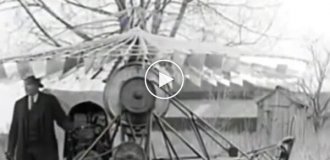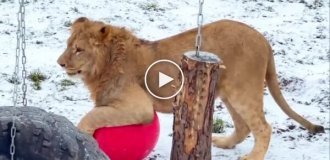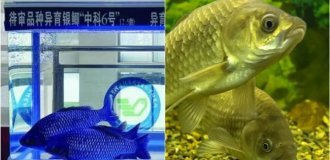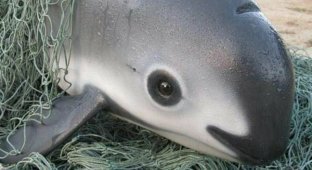Forest giraffe: the younger brother of the savannah giant (13 photos)
The okapi is a real ghost animal. A ghost weighing 300 kilos and two meters long. Despite its size, despite its impact on nature, Europeans continued to deny its existence, even when they colonized all of Africa! It was only at the beginning of the 20th century that we received irrefutable evidence of the okapi's existence. 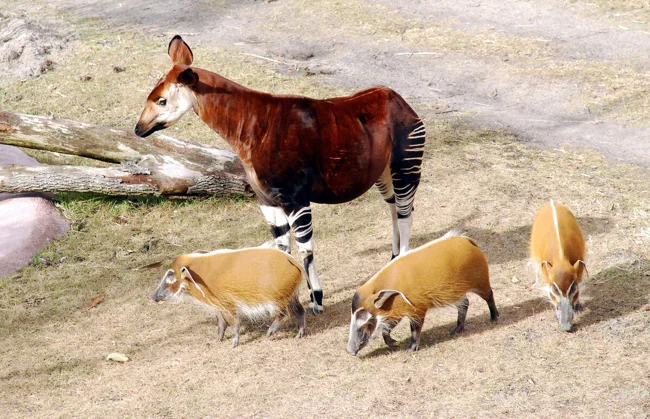
We dive into a fabulous bestiary. In the photo, okapi and bush pigs. 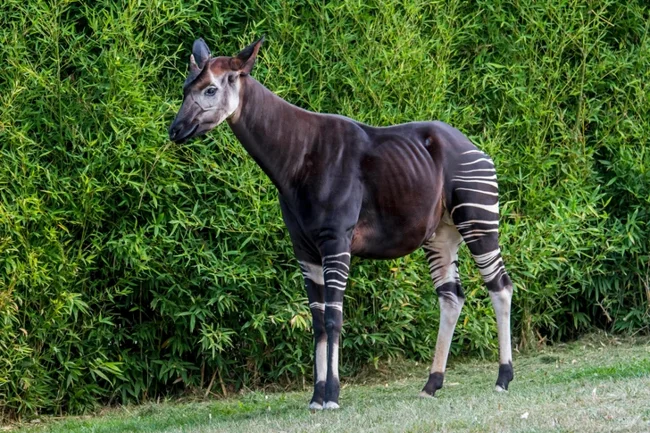
This is how I imagined a zebra and giraffe's child as a child.
Although the first rumors about the okapi began to reach Europe in antiquity, they were simply lost in the flow of embellishments, myths and fables. And over time, these rumors themselves turned into a myth about the African unicorn - a donkey-like creature with a horn from its skull. Therefore, smart and well-read Europeans did not believe in the existence of the okapi, considering it another myth. 
And the okapi, apparently, appeared on an Iranian fresco from the 5th century BC.
And when these Europeans went to colonize the Congo, they heard a legend about the abad - very similar to the myth of the African unicorn. "That's where it comes from," the Europeans thought and closed the case. Not a single expedition was assembled, not a single state was interested in yet another legend. 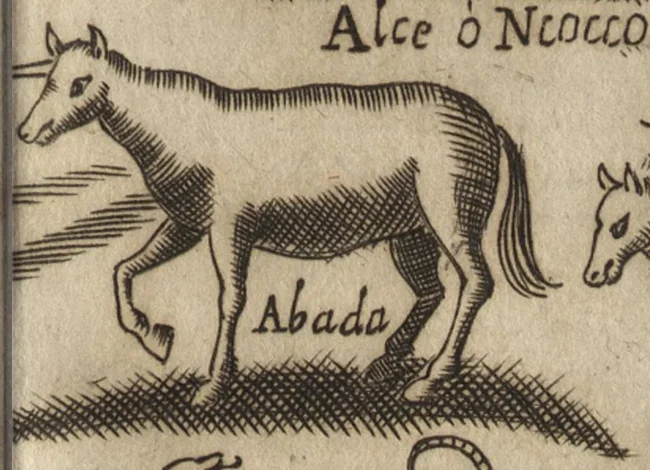
Okapi in the European imagination based on African myths. 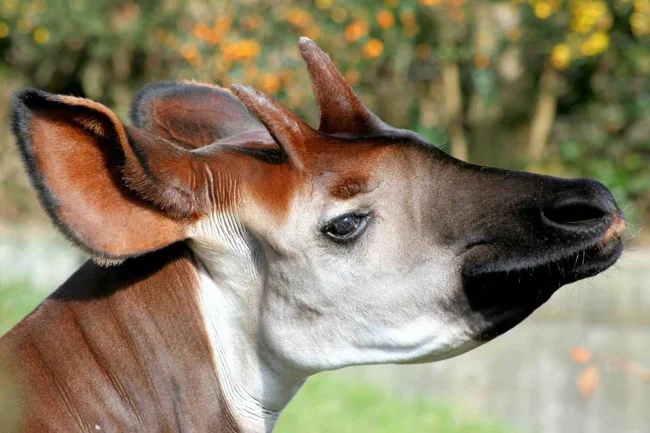
Although in reality the beast is much more fabulous!
Years passed, gradually turning into centuries. Colonial empires divided the entire continent between themselves, but continued to stubbornly ignore the locals' reports of the abada and atti - the forest donkey. Big deal, superstitious savages telling another tall tale - this never happened before, and here it is again! Moreover, neither in cities nor in the suburbs of these very unicorns have been encountered for centuries, unlike elephants, rhinoceroses and giraffes. 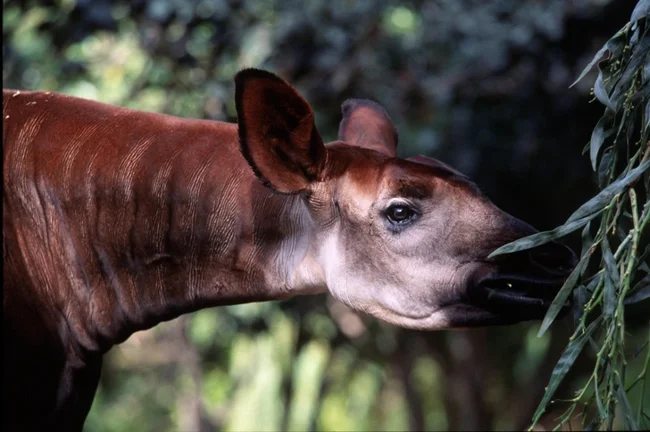
Great, they still don't believe it.
Only in 1887 did Europeans remember this myth again. The famous traveler Henry Stanley published in newspapers his notes about meeting a donkey-like creature, which the locals called atti. And since newspapers were the most modern and authoritative source of information at that time, the news spread around the world instantly and excited the minds of many people. 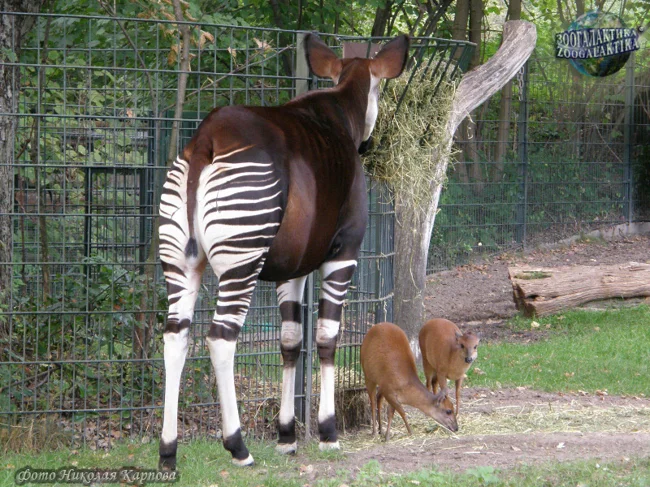
Okapi (rear view). By the way, next to him are not small okapiats, but some of the dwarf deer. 
And here is a baby okapi.
One of these curious people was Harry Johnson, the British commissioner in Uganda. Intrigued by Stanley's stories, he asked local residents about the atti and equipped an expedition to search for it. And he found practically nothing. All he got were a few strange tracks, a fragment of striped skin and a skull. But at least that was something. 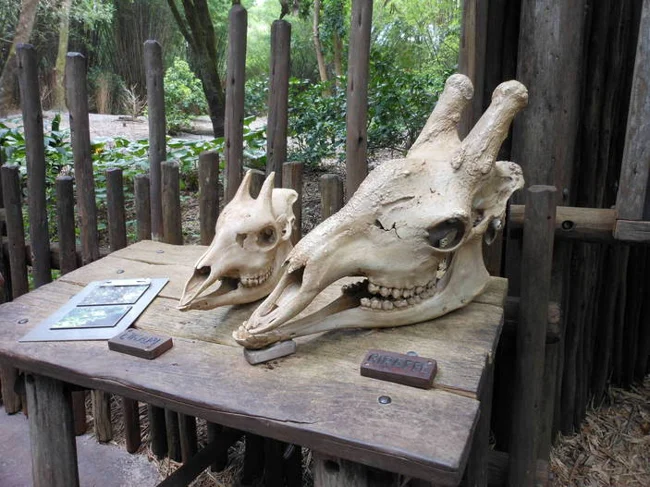
The skull of an okapi on the left, the skull of a giraffe on the right. Even a cursory glance will immediately notice the strange relationship of the bones.
In 1901, 14 years after the first note, zoologists studied the skull and determined that its former owner was a previously unknown relative of the giraffe. That same year, the first portrait of an okapi was presented, based on eyewitness descriptions. But the first healthy and unharmed animal arrived in Europe only in 1919. 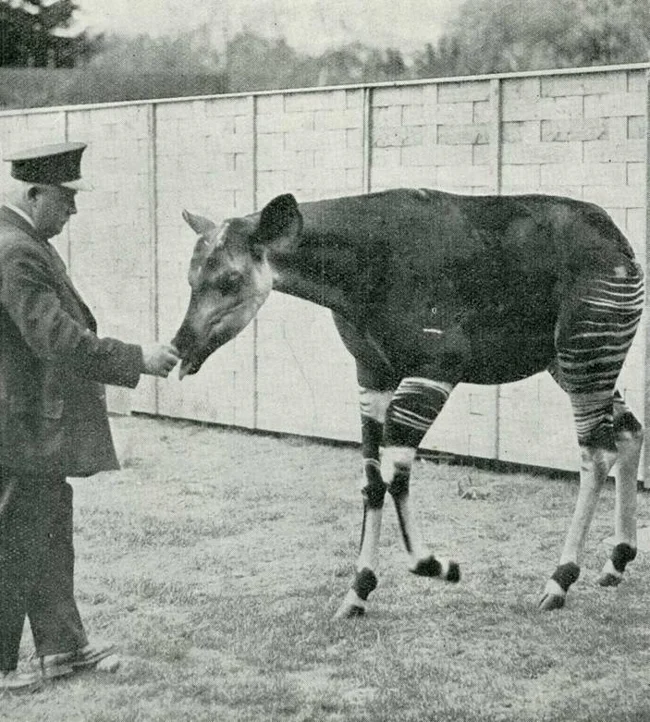
The first okapi at London Zoo, 1935.
And as people studied the okapi, they were finally able to answer why such a large animal so desperately refused to catch their eye. Okapi, unlike most other large ungulates in Africa, is a forest species, preferring to live in the most remote parts of the tropical forest. They left their habitable places with the first clearings, long before Europeans could begin to study. Moreover, they did not leave in herds, but strictly one by one and gradually, without attracting attention. Okapis in general very rarely organize groups, they spend most of their lives far from each other. 
On a bright sunny day, the brown skin and stripes camouflage the okapi with a 5 plus.
And even when exploring virgin forests, it was extremely difficult to find them. Okapis, like giraffes, feed almost exclusively on leaves. But since they live in a dense and humid forest, and not in the savannah, they do not need to walk tens of kilometers a day to get food, so it was very difficult to see them. Okapis themselves traditionally rely not on sight, but on smell and hearing. Therefore, they always notice a person before we notice them. 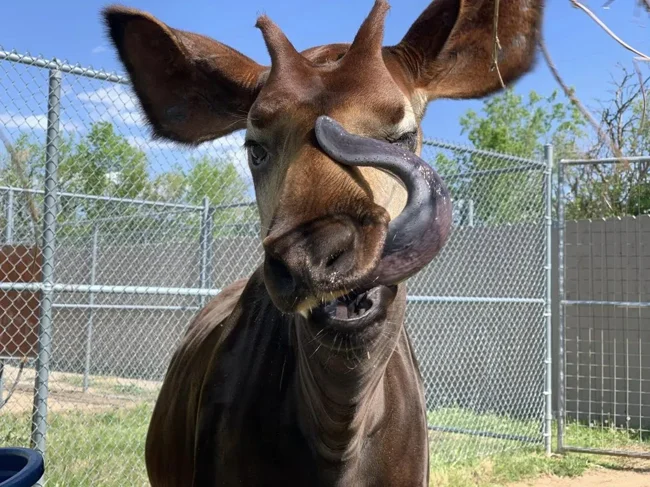
An interesting feature of the okapi is its long, hard, black and very mobile tongue. This is a natural hand, capable of independently picking leaves and very effectively cleaning the animal's face. 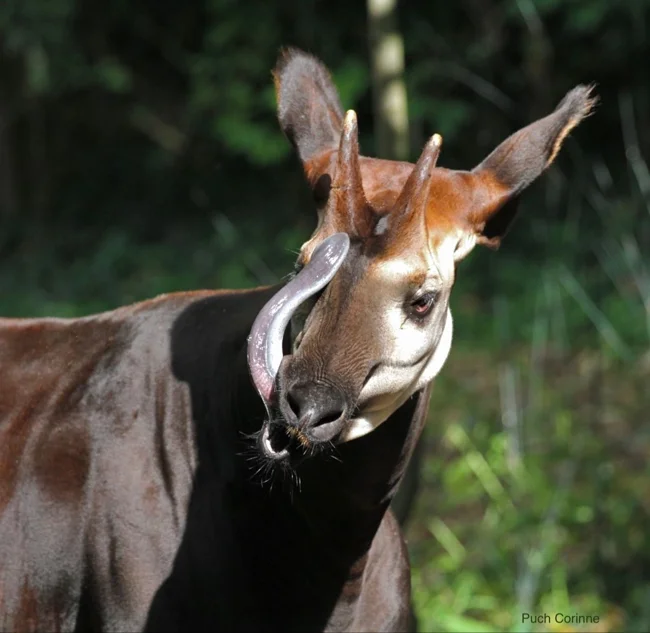
Just look at what he's doing, the little rascal!
Today, the okapi is a rare and endangered species. The total number of living individuals is estimated at about 40 thousand. The situation is complicated by the fact that in their habitats, in some countries of Central Africa, there is an ongoing civil war and there is clearly no time for ecology. Fortunately, the animals are able to reproduce in captivity, and small groups live in various zoos around the world. The amazing ghostly giraffe has every chance of staying alive on our planet.


